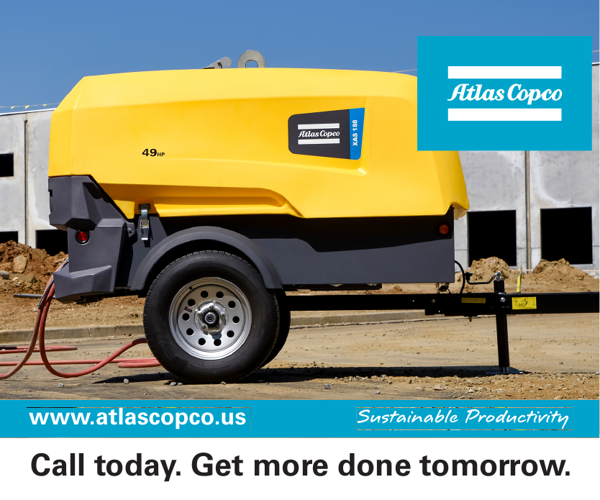The TRIP report finds 34 percent of major locally- and state-maintained roads in New Mexico are in poor condition and another 22 percent are in mediocre condition, costing the state’s drivers a total of $1.3 billion each year in extra vehicle operating costs, including accelerated vehicle depreciation, additional repair costs, and increased fuel consumption and tire wear.
New Mexico roads and bridges that are deteriorated, congested, or lack some desirable safety features cost the state’s motorists a total of $3 billion annually — as much as $2,888 per driver in some areas — due to higher vehicle operating costs, traffic crashes, and congestion-related delays.
The report includes regional pavement and bridge conditions, highway safety data, and cost breakdowns for the Albuquerque, Las Cruces, and Santa Fe urban areas and statewide.
Statewide, New Mexico drivers lose $900 million annually as a result of lost time and wasted fuel due to traffic congestion. Traffic congestion in the Albuquerque urban area results in the average driver losing 46 hours annually in traffic delays and wasting 20 gallons of fuel, costing the average Albuquerque driver $1,224 annually in lost time and wasted fuel.

| Your local Trail King Industries Inc dealer |
|---|
| Wheeler Machinery |
“Our roads in rural and Tribal areas are so very critical to improve the economy of our state,” said New Mexico State Representative Benny Shendo, Jr., Chair of the New Mexico State Senate Tax, Businesses, and Transportation Committee. “Safe roads for our school busses are essential so that our children and families can be safe.”
Improvement and reconstruction projects statewide have been identified by the New Mexico Department of Transportation. While a total of $5.75 billion is needed for these projects, they remain unfunded. A list of unfunded projects statewide is included in the report.
“The TRIP report is an invaluable tool to help guide our progress on improving infrastructure and quality of life for the citizens of New Mexico,” said Rio Rancho Mayor Gregg Hull. “Rio Rancho has been focused on improving roads and infrastructure for its citizens, having partnered with the state, surrounding communities, and local agencies to meet the goals of our citizens as it pertains to improving roads.”
The efficiency and condition of New Mexico’s transportation system, particularly its highways, is critical to the health of the state’s economy. Annually, $125 billion in goods are shipped to and from New Mexico, relying heavily on the state’s network of roads and bridges. The value of freight shipped to and from sites in New Mexico, in inflation-adjusted dollars, is expected to increase 59 percent by 2045.
The level of highway investment is set to increase as a result of the five-year federal Infrastructure Investment and Jobs Act (IIJA), signed into law in November 2021, which will provide $3.2 billion in road, highway, and bridge funding from 2022 to 2026, resulting in a 35 percent increase in federal funding in 2022.

| Your local Bobcat dealer |
|---|
| Ditch Witch West |
| Faris Machinery |
| Sierra Machinery |
“Without adequate funding, New Mexico’s transportation system will become increasingly deteriorated and congested, hampering economic growth, safety, and quality of life,” said Dave Kearby, TRIP’s Executive Director. “While additional federal funding from the IIJA will help New Mexico move forward with needed improvements to its transportation network that will make the state’s roads and bridges smoother, safer, and more efficient while boosting the economy and creating jobs, the state will also need to provide an adequate and sustainable investment in its transportation network.”



































































